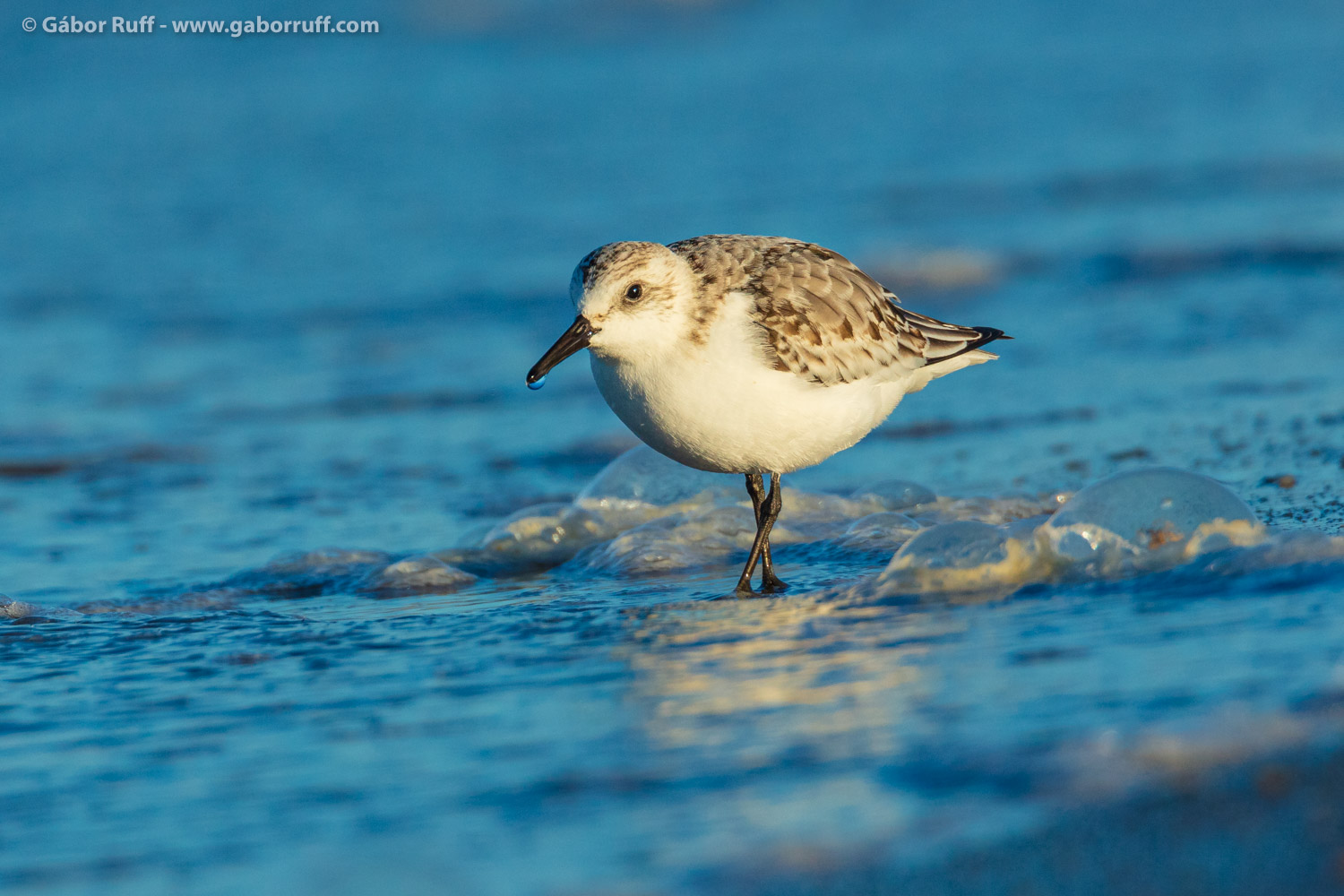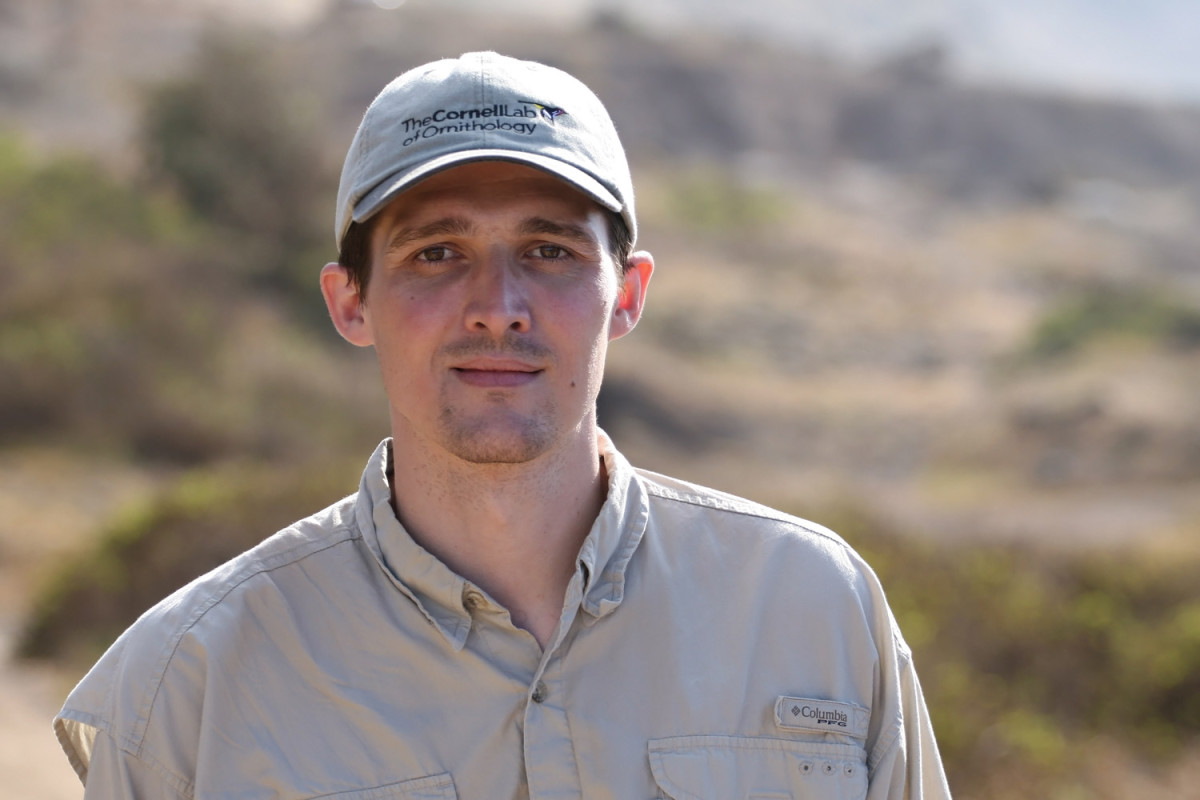We visited Cape Cod in Massachusetts to see some seals. Last year, I had some success photographing them in the Cape Cod National Seashore (map). There are a few different seal species in New England and gray seals (Halichoerus grypus) are the most common. We went to the same part of the peninsula and fortunately, the seals were there too. It was very cold, but we enjoyed watching these marine mammals from the distance. Gabi used our binoculars and this time I brought my big “gun”, the 500mm lens and even put my 1.4x extender on it to be able to take some close shots of these animals. The seals were curious again and watched us with as much interest as we did them. One of the females came very close to the shore to take a closer look at us, when a big wave caught her and created a splash crown around her head.
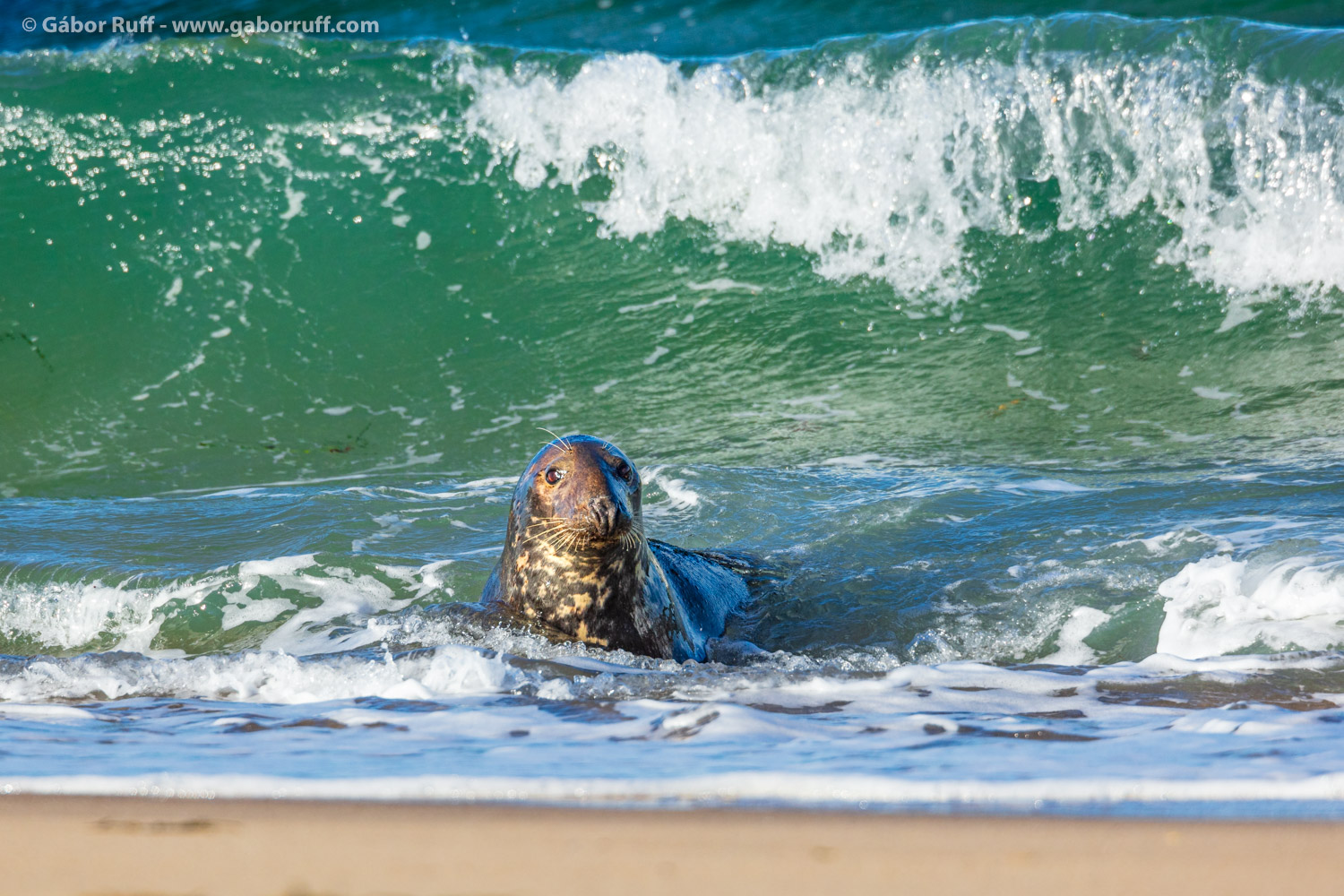
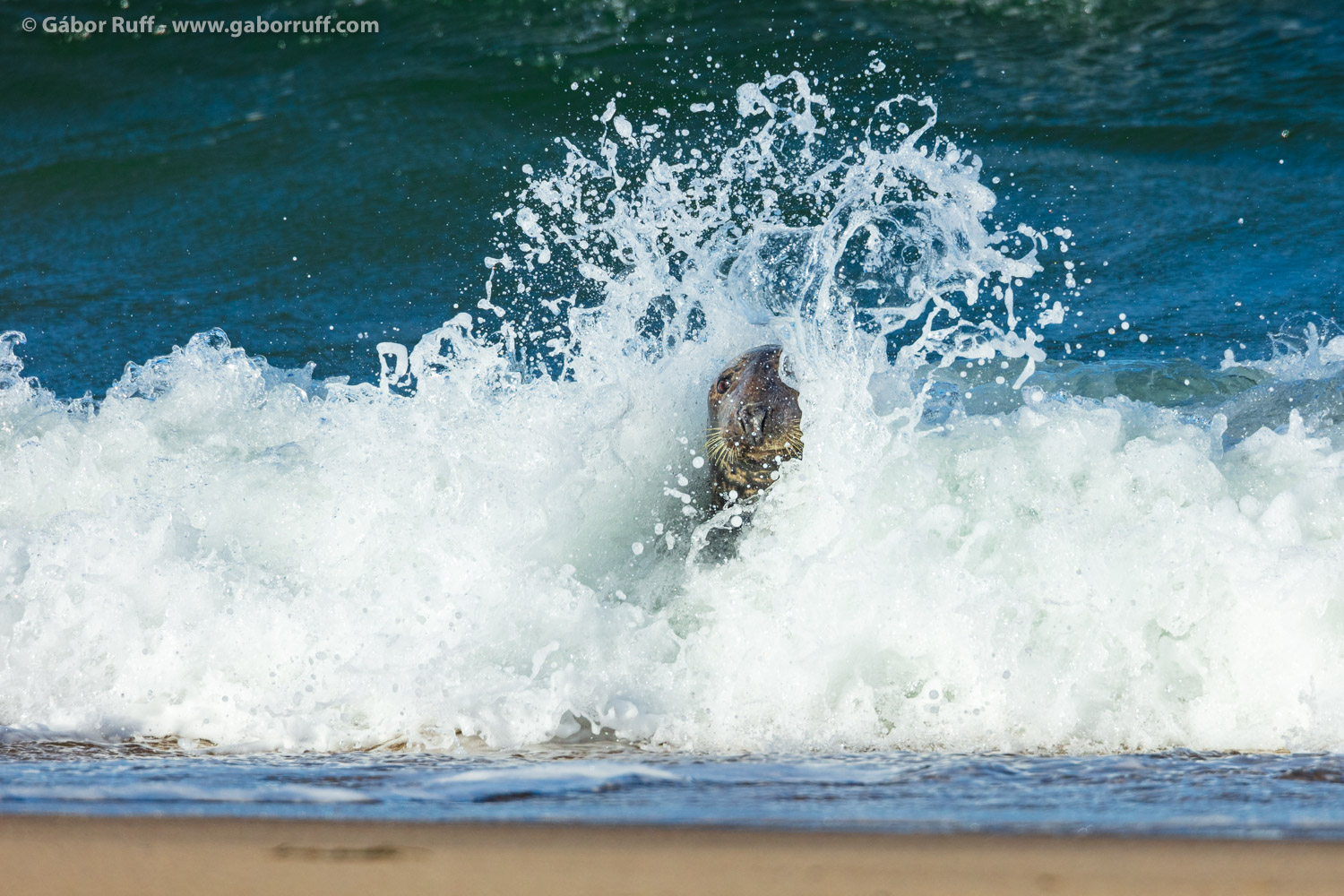
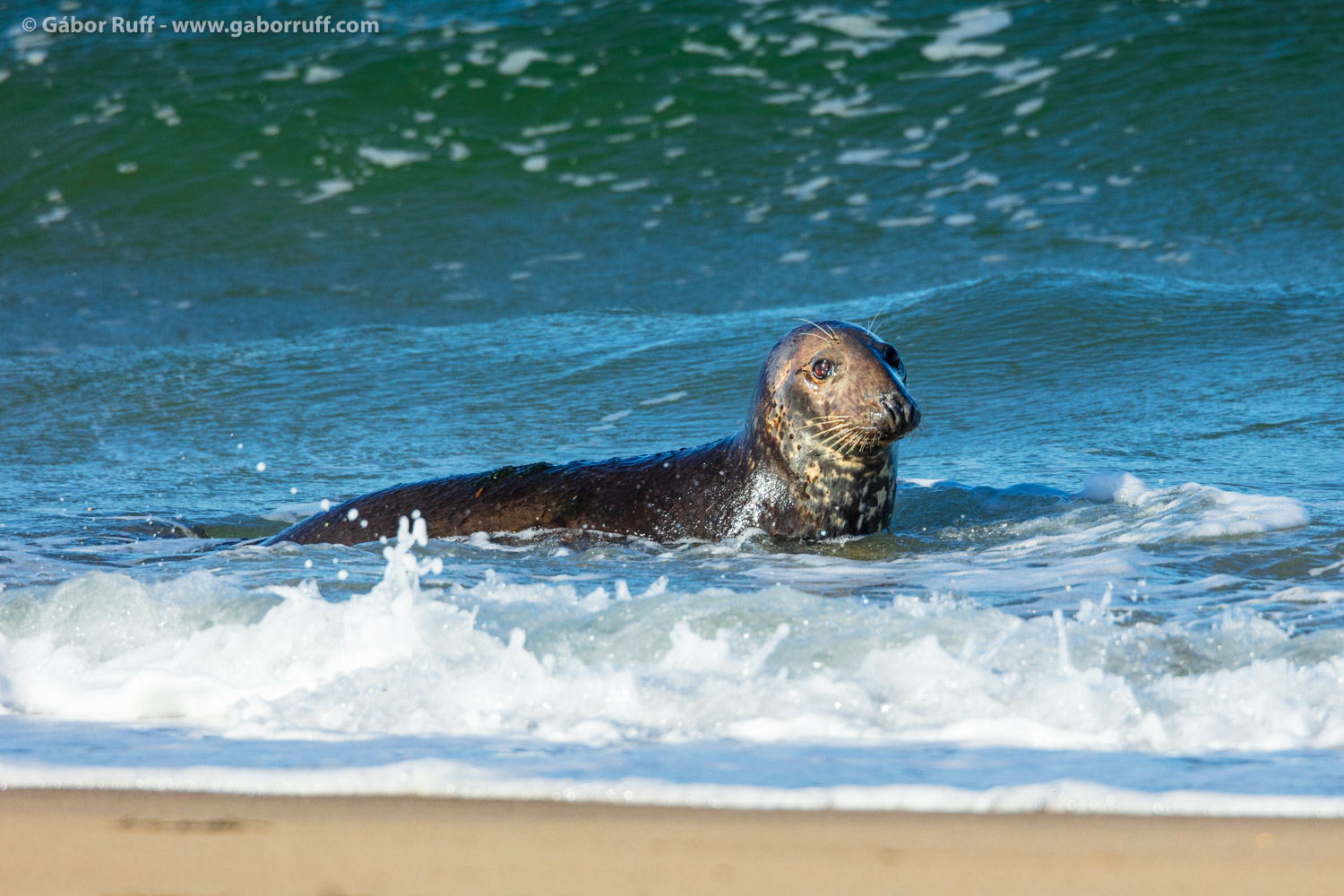
This group was smaller than the one I saw last year, but it was still a decent size herd with at least 20-25 seals. Besides the “majestic” female, I took some portrait shots of a big male swimming in the ocean too.
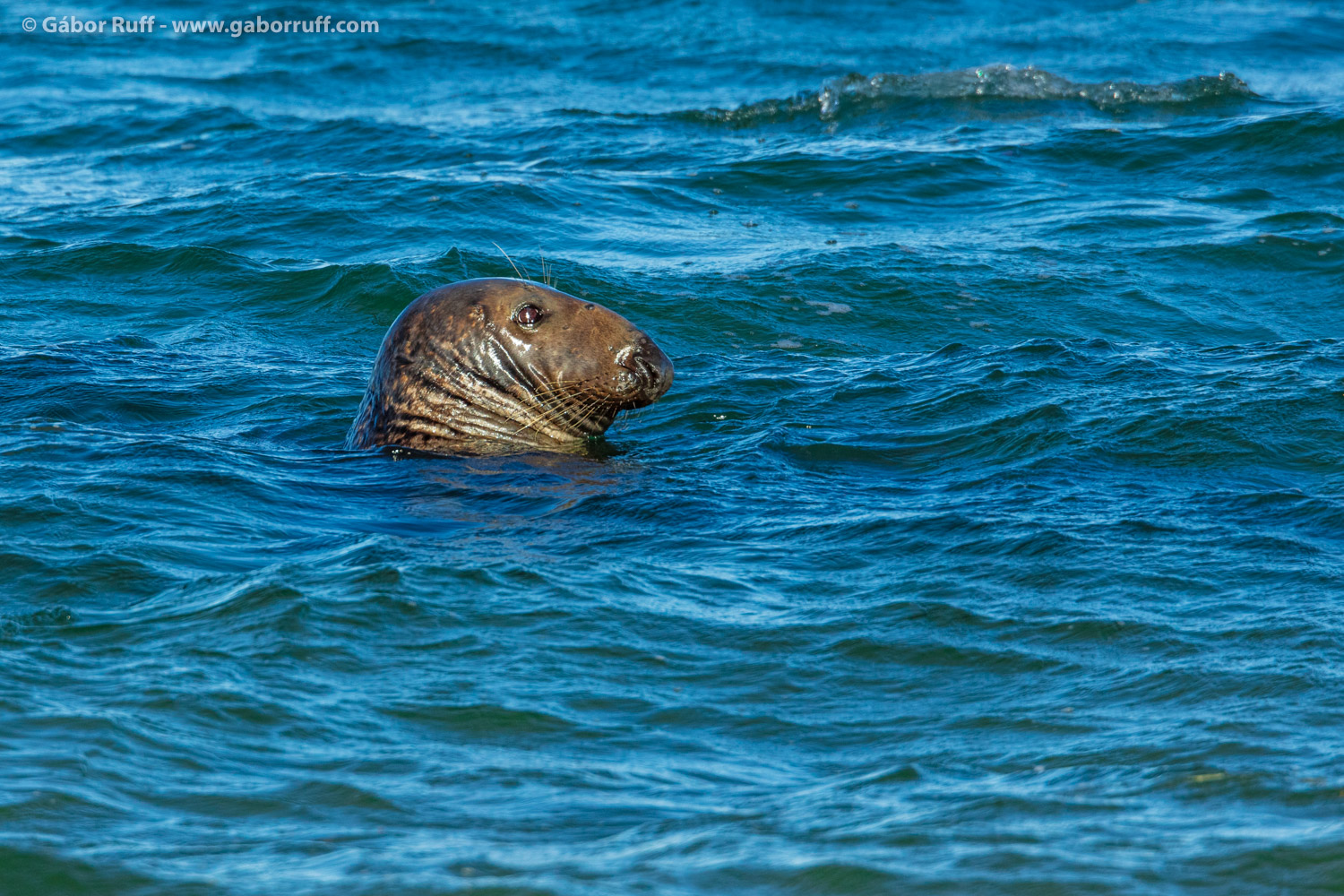
Later, we saw a young female coming to the shore to dry up and sunbathe on the sand. I always loved photographing the Hawaiian monk seals on the beaches of Hawaii and wanted to make similar images of a gray seal too. I carefully and very slowly crawled close enough to take some shots of this beautiful seal, while Gabi stayed back. It took me an hour to get to the proper distance with my big lens. I constantly looked the signs whether the seal was uncomfortable with me or not. Sometimes I was sitting still for minutes or just watched the waves for a while so the seal could see I’m not a threat. With this slow approach, I could finally take some images of a beached seal as she was enjoying herself.
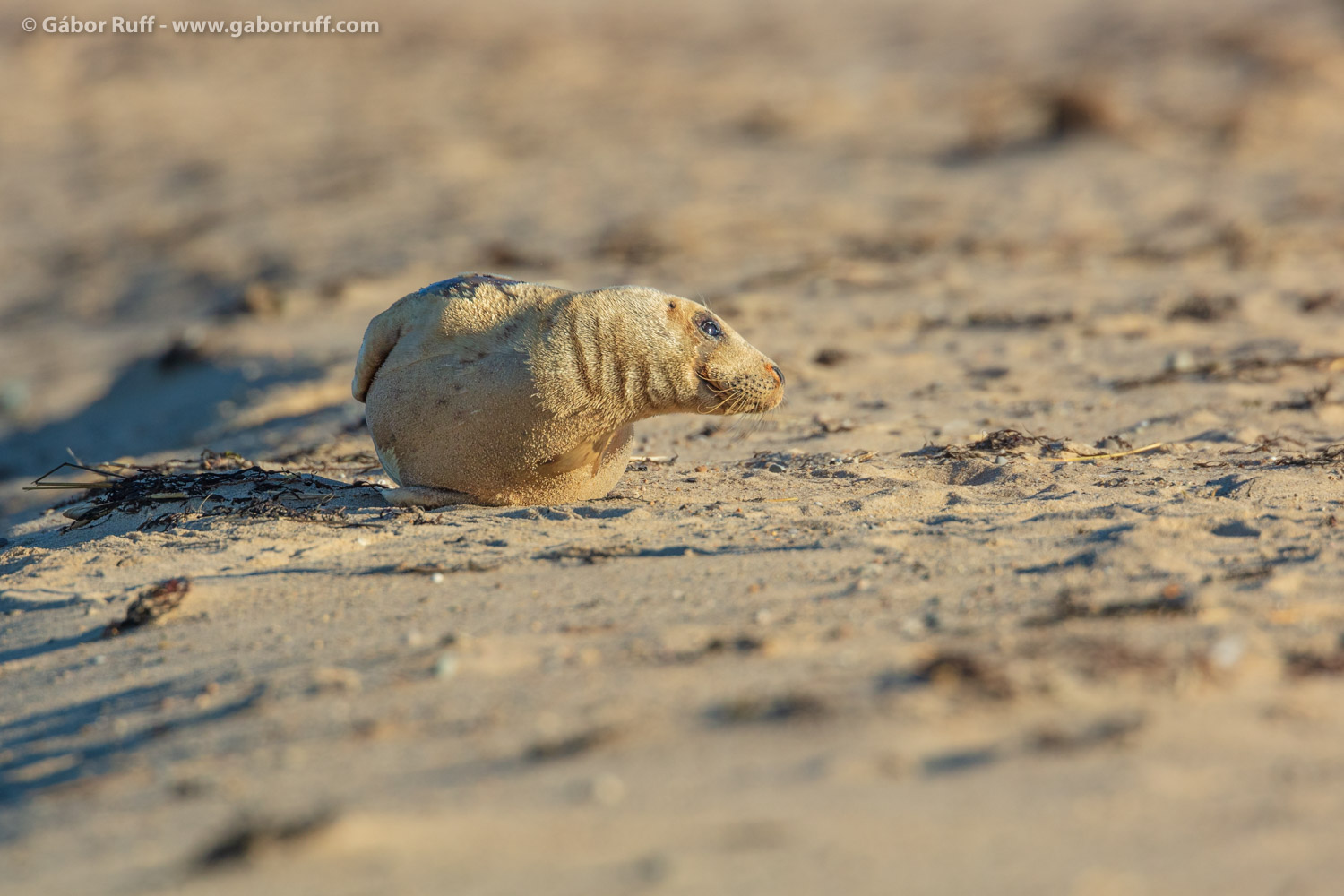
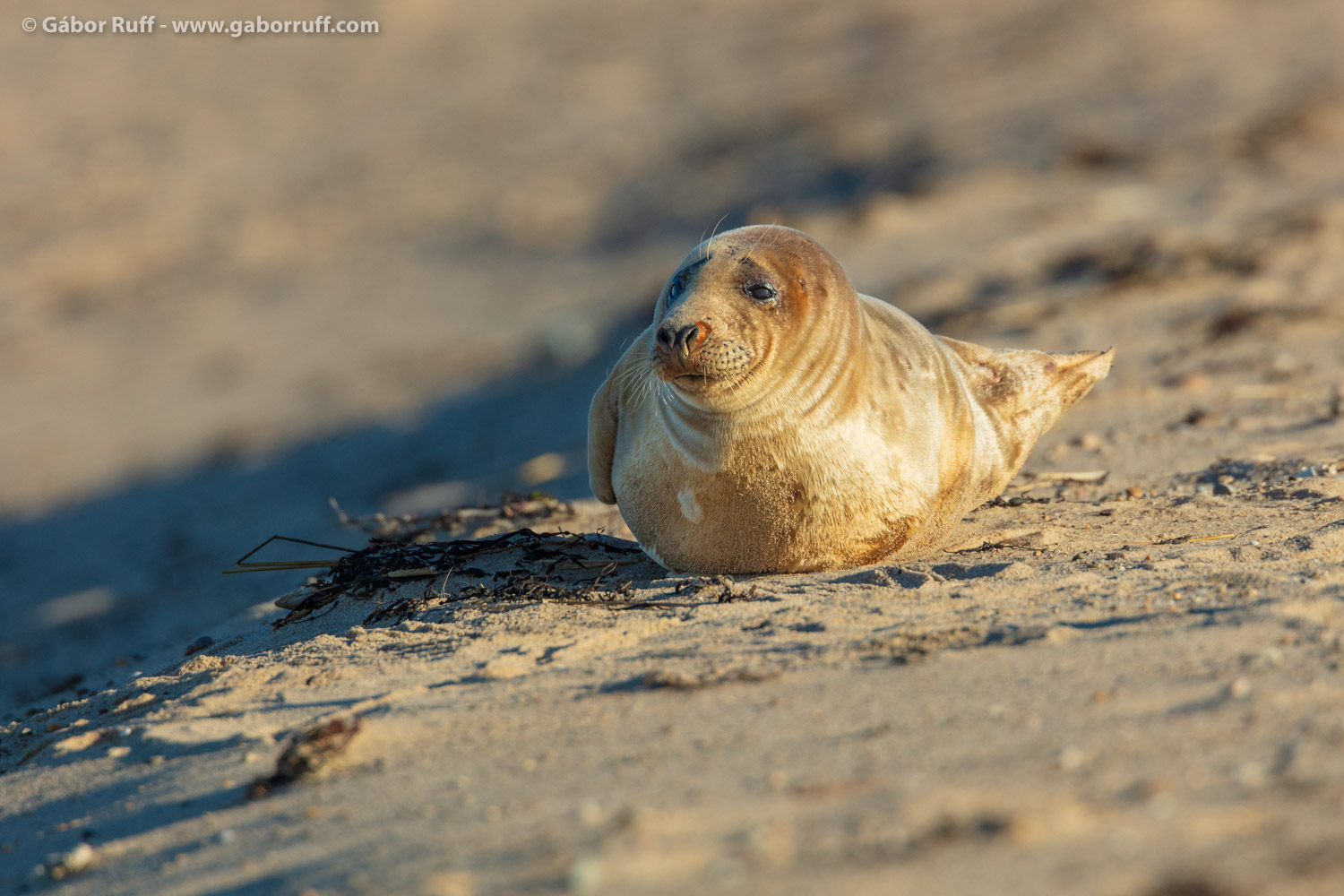
When I reached the position to take these images, the seal was already completely dry and it seemed she didn’t mind me much. Of course, I was still pretty far away thanks to my big lens and naturally, I didn’t do anything that could scare her away. I was sitting behind my photo gear to have a smaller profile and to have a nice low angle for the images I had envisioned. However, later she started waving its flippers and yawning, signs she was nervous. Soon enough I noticed her watching behind me, so I turned back and saw two reckless people rushing to see the seal up close and they immediately scared her away.
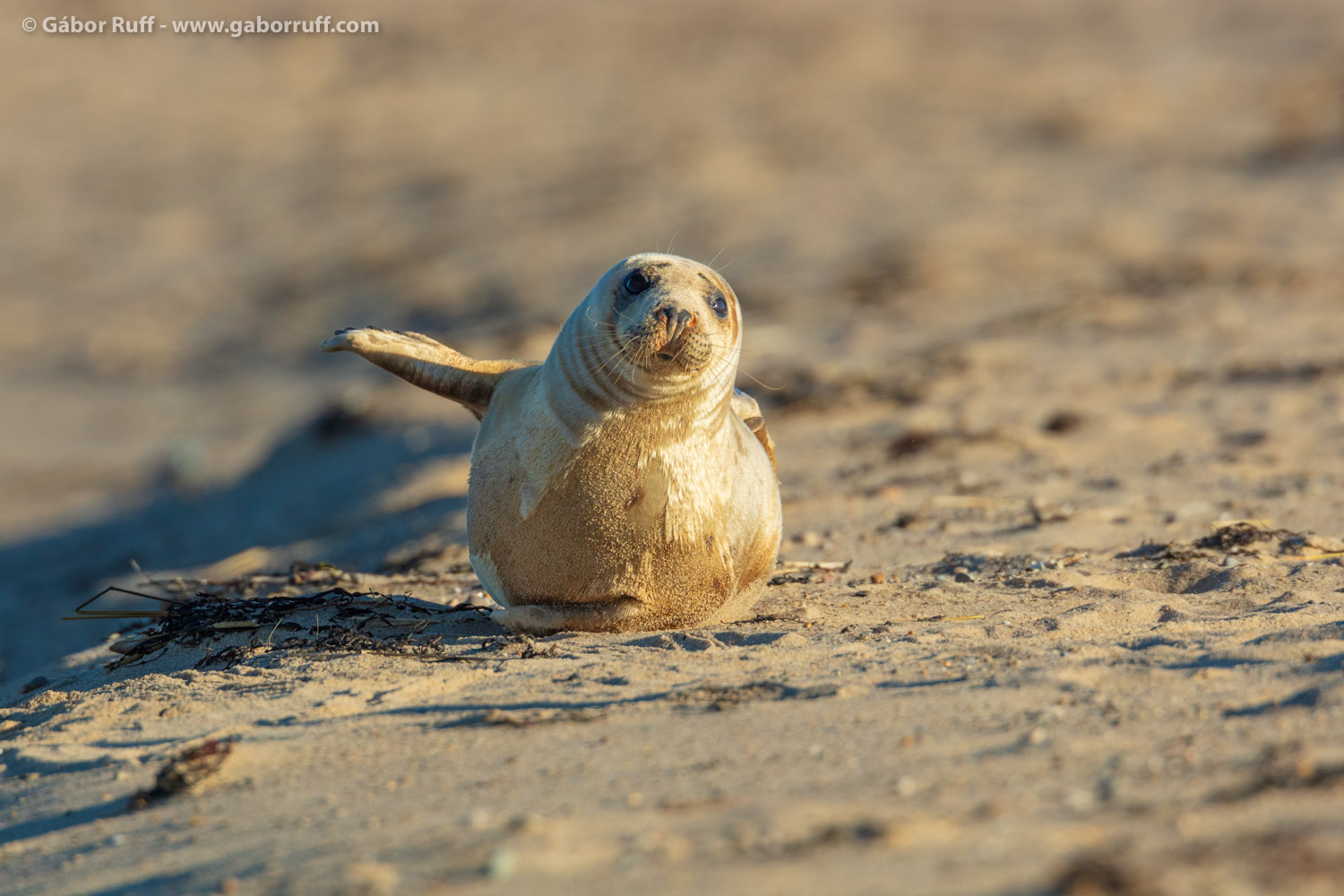
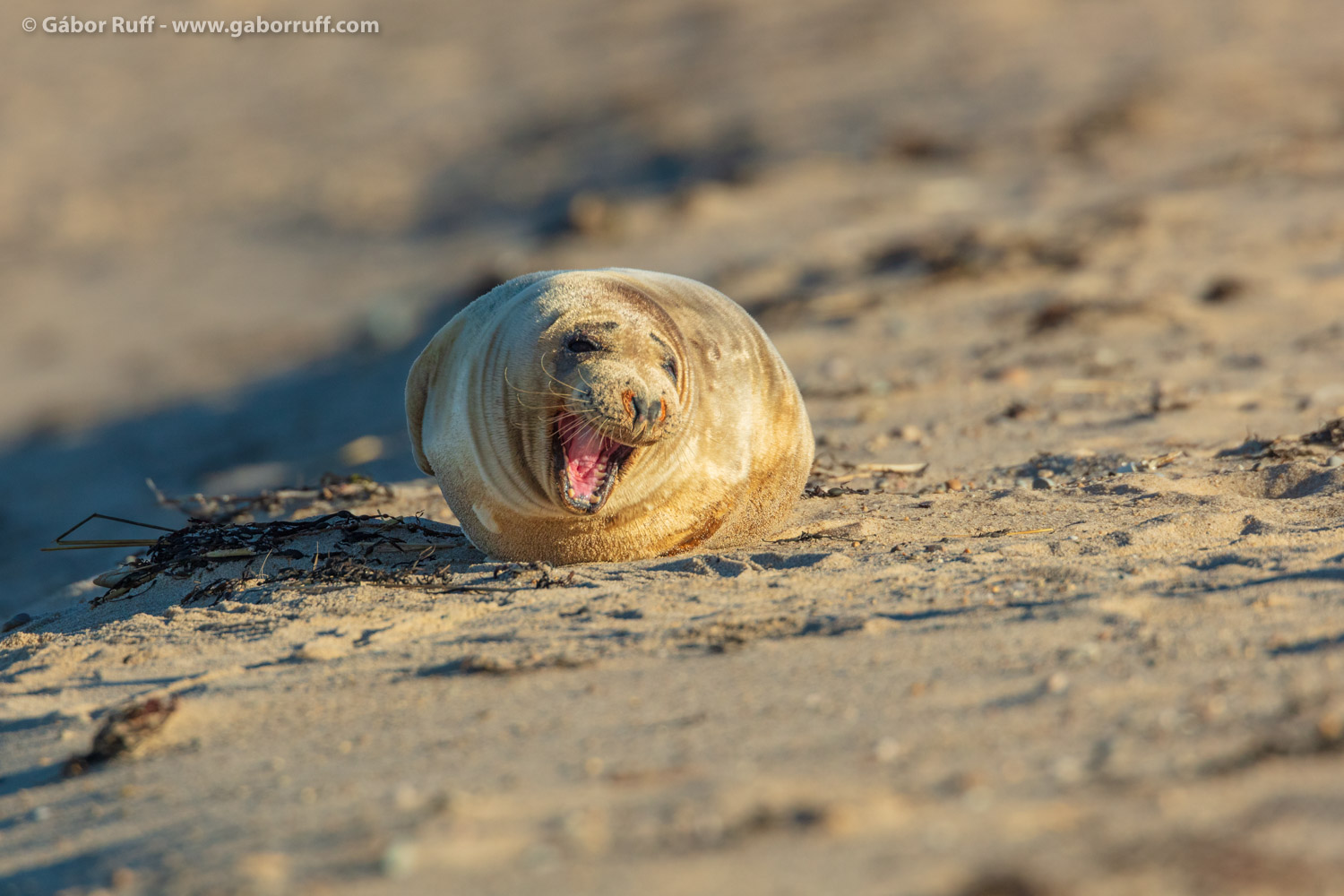
It’s a shame, and I was furious of these ignorant humans, because their thoughtless actions stressed the seal. Now, she obviously needed to consume a lot of energy again, maybe even try to catch a fish and take the risk of being attacked by a great white shark that are abundant around Cape Cod. I was also angry as a photographer, because I worked hard to get to the proper distance to this seal without actually disturbing her, and the lights would have been absolutely perfect a little later. Fortunately, I was still able to take some images earlier that I’m happy with. It’s important to note, that when nature photographers get relatively close to wildlife, they normally use their extensive natural history knowledge and outdoor experience as well as a huge amount of patience to be able to show the natural world in a way most people can’t see it, so everybody can enjoy it through the photographs, without the disturbance of wild animals.
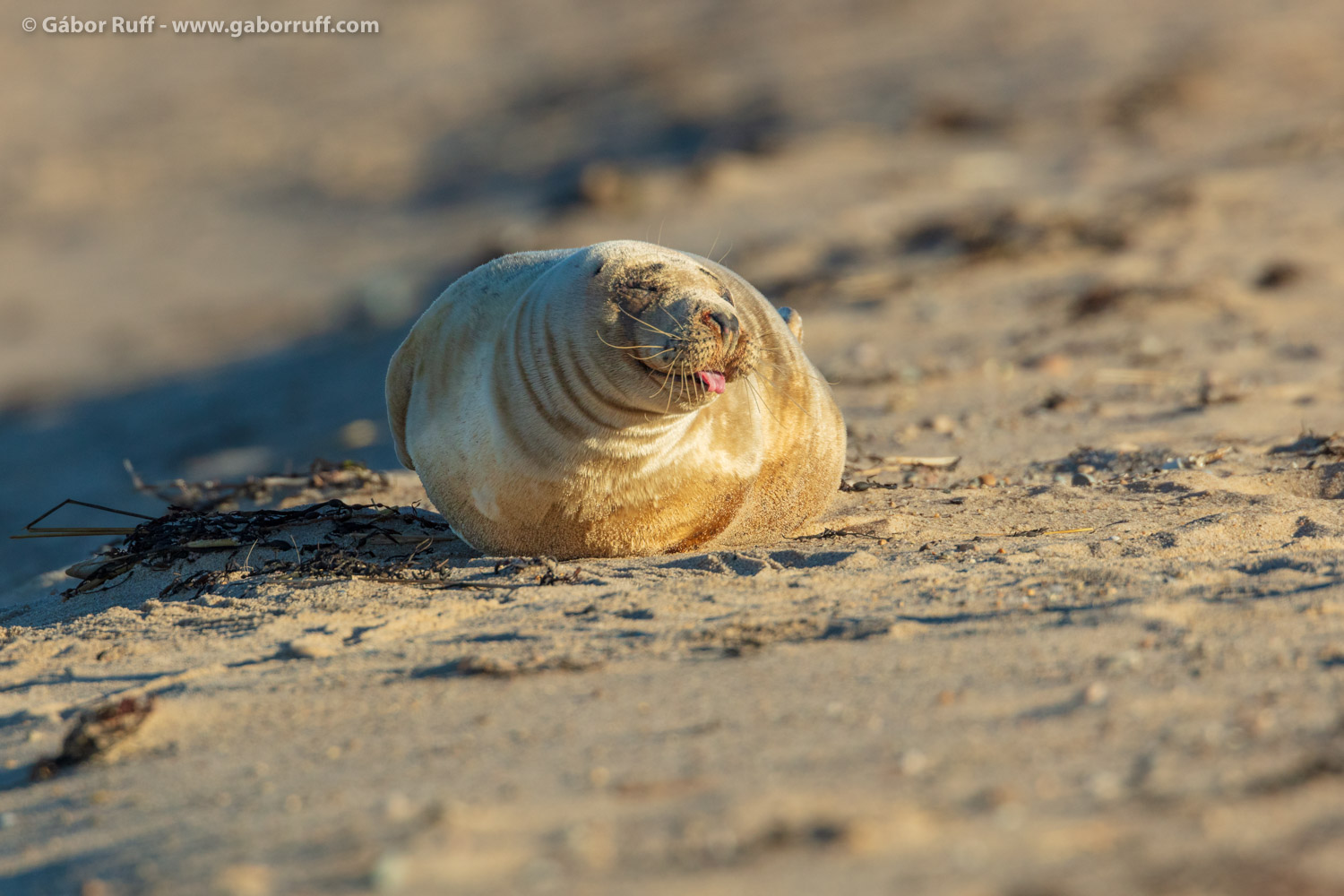
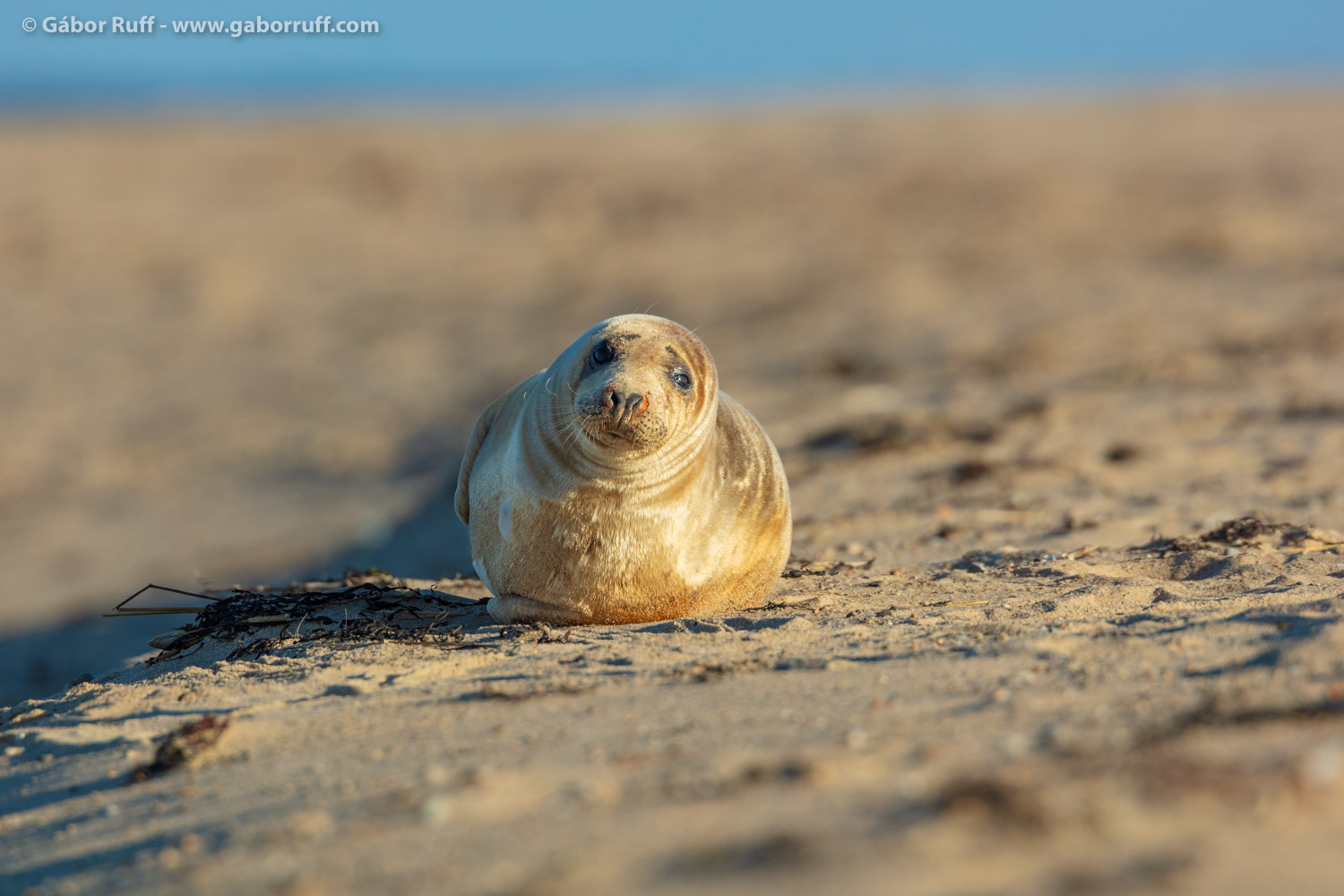
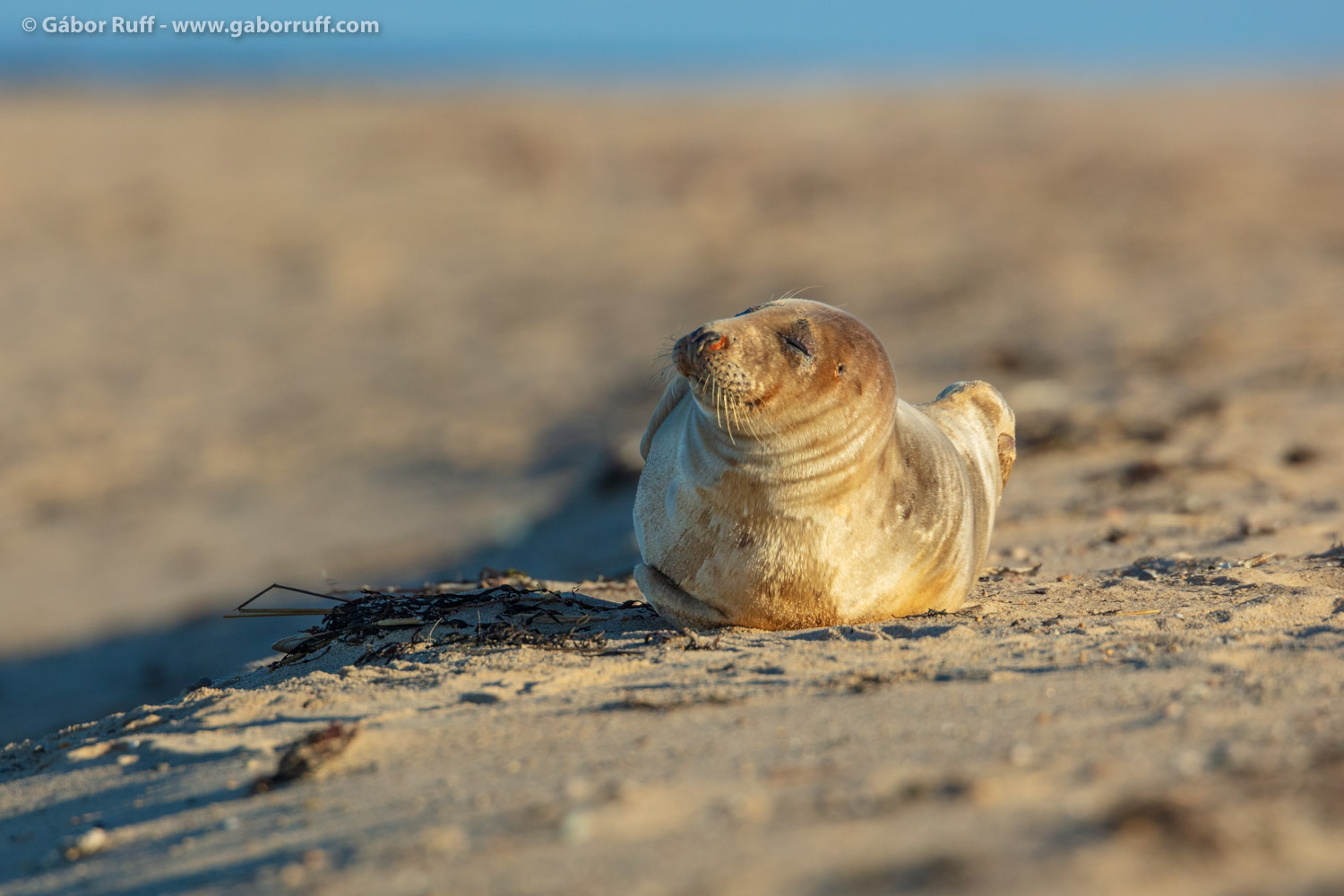
Later I went back to Gabi, where I noticed some sanderlings (Calidris alba) along the shoreline. They love catching food, mainly isopods when the tide is out. It’s impossible to follow these fast-moving birds, so I used a different technique. They usually move in one direction while searching for the crustaceans, so I went ahead of them, set up my tripod and waited for them to come close enough to take some photos. All in all, it was a nice trip and we enjoyed watching and photographing the unique wildlife of the Atlantic Ocean.
Gear: Canon EOS 5Ds camera, Canon 500mm f/4 lens + 1.4x extender, Gitzo tripod, RRS ballhead
